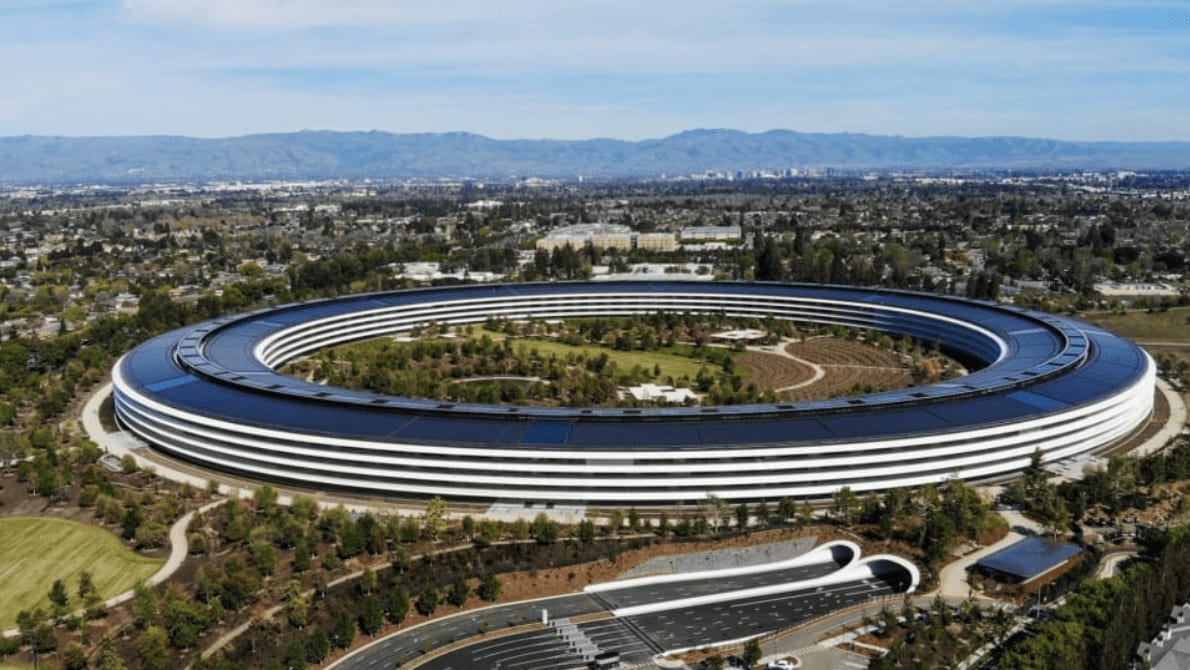Tech Titans: Shaping the Bay Area Real Estate Landscape
Valerie Mattei | January 26, 2024

Valerie Mattei | January 26, 2024

👩💻With giants like Google, Facebook, Apple, and many others headquartered in this region, it's no wonder the Bay Area has seen remarkable growth and transformation over the past few decades. In this blog post, we'll explore the significant impact of tech companies on Bay Area real estate and how this dynamic relationship has shaped the housing market. 🏠
Job Creation 👷♀️
Tech companies have been instrumental in job creation throughout the Bay Area. Companies like Apple, Google, and Facebook continue to expand their workforce, attracting talent from around the world. This influx of highly skilled workers has led to a growing demand for housing in proximity to these tech campuses. People continue to flock to the Bay, and those people need housing. This could be a condo, suitable for a single person or two working professionals. For many, they are relocating with an entire family in tow, and need the space of a single family home. With the creation of more and more jobs, fortunately, the Bay has a steady stream of people needing a home.
The high demand for housing in the Bay Area, coupled with limited housing supply, has driven up property values to unprecedented levels. Areas like Mountain View, Palo Alto, and Cupertino, where companies like Google and Apple are headquartered, have witnessed astronomical price increases. This has made it increasingly difficult for many residents, including tech employees, to afford homes in these regions. Before entering real estate, I worked in education for almost twenty years. I worked mainly in Menlo Park where I spoke with many transplants moving to the Bay Area because of a job opportunity. They were completely aware the housing prices would be higher. Luckily, they also understood they were going to be paid accordingly to match those home prices, and still, the sticker shock was very very real.
Commute Challenges: 🛥 🚗 🚎
Tech employees often face lengthy commutes due to the high cost of living near their workplaces. This has led to the growth of satellite communities like Dublin, San Jose, and Hayward, where housing tends to be more affordable. However, the increased demand for homes in these areas has also driven up prices. The Bay Area has always had creative solutions for commuters, starting with ferries being used as the first method to get to the city. While ferries are still in operation today, people are able to buy more affordable housing and commute by a comfortable bus, with a fellow employee, or by other public transportation to tech companies all over the Bay. (Fun Fact: The Golden Era of ferry transit stretched from the 1870s to its peak in the 1930s. Ten million passengers went through the Ferry Building in the first decade of the 20th century and just thirty years later there were 60 million annual bay crossings, along with 6 million autos).
4. Investment Opportunities: 💰
On the flip side, the presence of tech companies has created investment opportunities for real estate developers and investors. New housing projects, commercial spaces, and mixed-use developments have emerged to cater to the growing workforce and the demand for amenities. It’s hard to drive down El Camino Real from the city down to Mountain View without seeing brand new condo buildings or live/work spaces pop up. Gone is the Belmont Ice Rink (a beloved adolescent hang out for kids on the peninsula), and in its place 177 apartment units, including 27 Affordable units, and an underground parking garage for 200 vehicles. The small areas bordering the train tracks or 101 are now becoming creative spaces for investors to build more housing to accommodate the ever-growing population of the Bay Area. Even in San Francisco, it is easy to look at Mission Bay as a glowing example of how a complete marsh became a happening place to live, work, and play.
Infrastructure Improvements: 🛣 🚆
To accommodate the influx of tech workers and residents, local governments and tech companies have collaborated on infrastructure projects. This includes improved public transportation, road networks, and amenities, which can enhance the overall quality of life for Bay Area residents. BART (Bay Area Rapid Transit for non locals, also, this was a jeopardy clue once) estimates the population of the Bay Area to include over two million new residents by 2040, for a total population of over nine million people. In order to ensure this amount of people moves smoothly throughout the compacted area, BART plans on expanding tracks to Santa Clara by 2036.
Remote Work Impact: 🦠 🖥
The COVID-19 pandemic accelerated the adoption of remote work, leading some tech companies to reevaluate their office space needs. This may have a long-term impact on commercial real estate in the Bay Area, as companies consider downsizing or reconfiguring office spaces. If you live in the Bay Area or even read any news from the Bay, it is not new to hear about office spaces being completely abandoned post pandemic, especially in downtown San Francisco. Although some of these companies are letting go of the physical space, they are still thriving and happy to have people work remotely. This could provide varying outcomes for these employees: some may choose to move to cheaper areas of the country and continue to work remotely; others may stay as they have already planted roots with family or friends; some companies (like my sister’s, EA) are flexible and still have employees splitting time between remote and in-person. Anecdotally, I am hearing more people are enjoying returning to physical work space. My family and friends are more focused while working away from home and remember the importance of in-person collaboration and community.
Economic Growth: 📈
The presence of tech companies has not only created jobs but has also stimulated economic growth in the Bay Area. This growth has extended to various sectors, from hospitality and retail to education and healthcare, providing diverse employment opportunities for residents. Although not considered a tech company, the school I previously worked at was very close to Stanford’s campus. Stanford continued to hire people from all over the country and world, which always brought a steady flow of students. Currently, Growjo.com reports there are 3,558 job openings in the Bay Area, and companies have seen an average of 86% growth. Whether its small start ups or a fast growing tech company, like Open AI, it is clear tech companies are still driving economic growth in the Bay.
💻Tech companies have undeniably played a pivotal role in shaping the Bay Area's real estate landscape. While they have contributed to challenges such as rising housing prices and gentrification, they have also brought about numerous positive impacts, including job creation, economic growth, and an innovation ecosystem. As the tech industry continues to evolve, it's essential for stakeholders, including real estate professionals, policymakers, and residents, to collaborate in finding solutions that balance growth and affordability, ensuring the Bay Area remains a vibrant and inclusive region for all. 🌐
Stay up to date on the latest real estate trends.

1st Time Home Buyer
Valerie Mattei | April 14, 2024

Home Buying
Valerie Mattei | April 4, 2024

Bay Area Events
Valerie Mattei | March 28, 2024

bridge loan
Valerie Mattei | March 13, 2024

Bay Area Events
Valerie Mattei | March 6, 2024

peninsula living
Valerie Mattei | March 1, 2024

1st Time Home Buyer
Valerie Mattei | February 23, 2024

1st Time Home Buyer
Valerie Mattei | February 16, 2024

Bay Area
Valerie Mattei | January 26, 2024
You’ve got questions and we can’t wait to answer them.